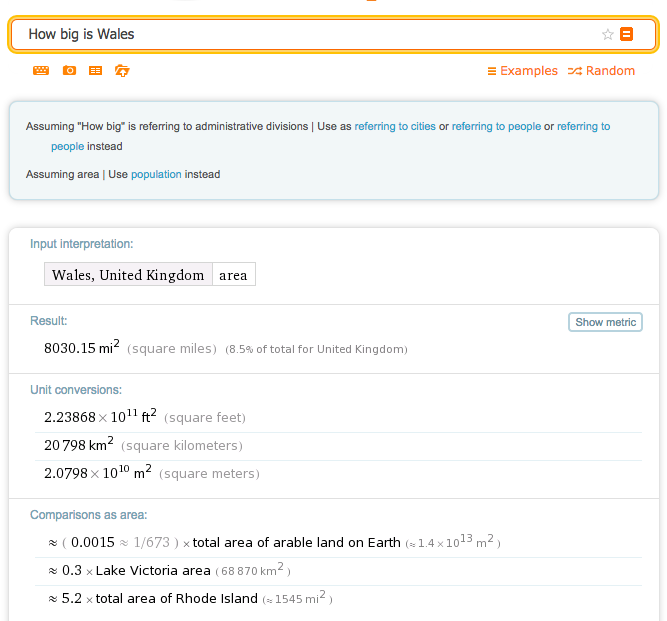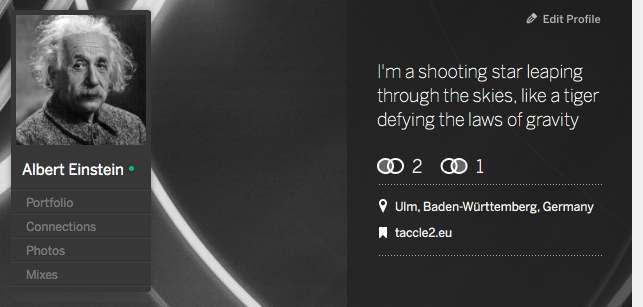Highlights from the Pontydysgu Studio – Learning lessons from key projects
In my previous post I wrote down some memories of the so-called Pontydysgu Studio in Bremen, now that that ‘studio’ has been closed and the Pontydysgu activities are continued mainly in Wales (Pontydysgu Ltd) and in Spain (Pontydysgu SL). With that post I tried to give an overview on the work with multimedia (in general) and as a part of our joint projects. With this post I want to give the floor to key actors of Pontydysgu – Jenny Hughes and Graham Attwell. In the year 2012 I made some video interviews for my project of that time. In the interviews with Jenny and Graham I asked them to tell what they had learned in some of their key projects and how these lessons could be taken further to possible successor projects.
Jenny: The continuing learning process through different TACCLE projects
Among the Pontydysgu-led or -supported projects the series of TACCLE projects is a clear success story. It started with the first TACCLE project (Teachers’ Aids on Creating Content for Learning Environments) that prepared an E-learning handbook for teachers classroom teachers. In the Taccle2 project the work was differentiated to address different subject areas and alongside them the primary education teachers. In the Taccle3 the emphasis on teaching programming and coding for school children. And the (so far) newest project Taccle4 focuses on developing materials and media to support continuing professional development of teachers and trainers in different educational sectors. The following two interviews were recorded already in 2012, so the it was not quite clear, in what order the successor projects would come up, but the vision was clear – this work merits to be continued.
Graham: Lessons from predecessor projects – conclusions for the Learning Layers project
In the videos above Jenny discussed a clear continuum of projects and a training and learning strategy that was developed further in the successive steps. In this respect the interviews with Graham were somewhat different. Firstly, they covered a longer period and a wider range of projects in which very different experiences could be made. Secondly, in the latter videos they focused on comparing the predecessor projects with the forthcoming Learning Layers project. Therefore, I have selected the two latest videos for this post – the discussion on the immediate predecessor project and the shift of emphasis to the new project. Here it is worthwhile to note what challenges Graham brought into discussion and how he expected us to meet the challenges.
—
I think this is enough of these highlights. To me, both sets of videos have very timely messages for our current projects. I Jenny’s case we are talking of the Taccle4 project to support continuing professional development of teachers and trainers. In Graham’s case we are talking about the successor activities of the Learning Layers project and its construction pilot – now that we can build upon the Learning Toolbox (LTB) that was developed in the project. Yet, the message – that we have to meet the challenges of the construction sector partners in their complexity – is very valid. And at the same time we have to be able to address these needs by customising the LTB and by complementary measures – training, introduction of additional software solutions and by participative co-design processes. This work is still going on.
More blogs to come …


